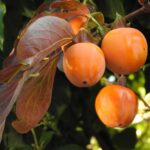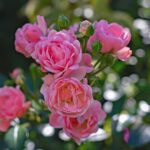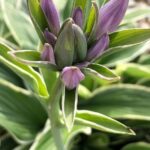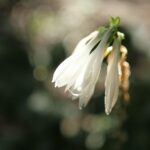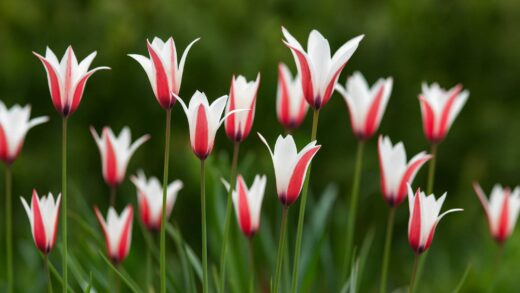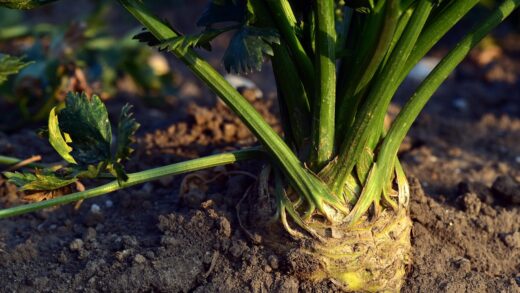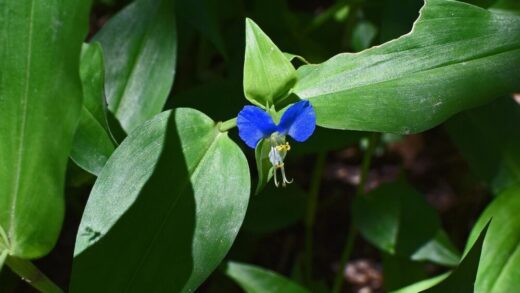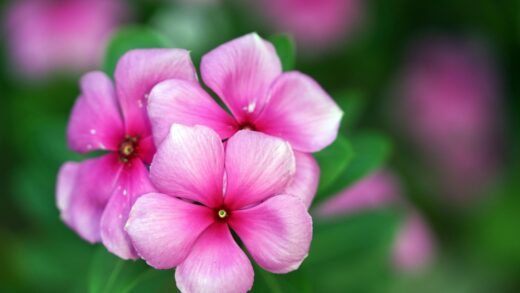The oleander, known by its Latin name Nerium oleander, is one of the most beloved Mediterranean ornamental plants, enjoying increasing popularity in our country as well. For the successful care of this magnificent plant, it is essential to provide the right light conditions, as its light requirements are extremely specific. The lack of an adequate amount and quality of light can cause numerous problems, such as the absence of flowering, yellowing leaves, or weak, elongated growth. In its natural habitat, on sunny coasts and river valleys, the oleander is accustomed to extremely strong and direct sunlight, which is why proper lighting is one of the most important care factors. A precise understanding of the plant’s light needs is key to long-term health and abundant flowering, and it allows us to create the most ideal conditions for it even in a home environment. The purpose of this article is to detail what to pay attention to regarding the oleander’s light requirements and what practices are worth applying for the plant’s optimal development.
The Oleander’s Natural Habitat and the Role of Light
The oleander is originally from the Mediterranean region, including Southern Europe, North Africa, and the coastal areas of the Middle East, where summers are hot and rich in sunlight. In these areas, the plants have naturally adapted to extremely intense, direct sunlight. This adaptation makes the oleander so dependent on sunlight, which is essential for photosynthesis—the process of producing the energy the plant needs to survive and grow. Direct sunlight not only stimulates growth but also plays a crucial role in the development of abundant and healthy flowers.
The intensity and spectrum of light fundamentally influence the oleander’s development. The blue spectrum of light stimulates vegetative growth, while the red light encourages flowering and fruiting. For the oleander, the ideal light conditions are provided by full-spectrum sunlight, which contains both components in abundance. Ensuring the right light conditions is not just about getting a lot of light, but also about ensuring the quality of the light is appropriate for the plant’s optimal biological processes. Without this, the plant can easily weaken and become more susceptible to diseases and pests.
For the oleander, direct sunlight is best. It is important that the plant receives direct sunlight for a significant part of the day, at least 6-8 hours daily. Morning and early afternoon sunlight is particularly beneficial as it is less intense than midday sun and helps the plant prepare for the day. Creating the right light conditions is therefore fundamental at every stage of the plant’s development, from a young seedling to a mature, flowering specimen.
The amount and duration of light, known as the photoperiod, are also critical factors. The oleander behaves as a long-day plant, which means it needs long, sunny hours for abundant flowering. During the winter months, when the days are shorter and the sunlight is weaker, the oleander’s growth slows down, and it enters a dormant state. At this time, the plant requires less light, but providing maximum sunlight during the spring and summer months is crucial for the success of the next flowering cycle.
More articles on this topic
Positioning the Oleander and Ensuring Proper Light Conditions
Proper placement of the oleander is the most important task in its care. You need to find a spot for it where it receives direct sunlight for most of the day, ideally including the midday hours. As a result, the most ideal location is a south-facing terrace, balcony, or garden area that is not shaded by trees or buildings. It is important to note that the oleander does not like constant shade; it flowers more weakly even in semi-shaded locations than in full sun.
If you are growing the plant in a pot, it is worth choosing a mobile location so that it always receives the maximum amount of sunlight by adjusting it according to the sun’s path. If possible, it’s a good idea to place the plant in a location where the sunlight directly hits its leaves in both the morning and afternoon. This is especially important in the spring when the plant awakens from its winter rest and begins to prepare for flowering. Proper placement is therefore a dynamic process that requires continuous attention.
For the oleander, it’s best to have air circulation in addition to direct sunlight, but it does not like drafts. Sunny but protected terraces and balconies are ideal, where the plant gets the necessary light without being damaged by cold or strong winds. If the plant is overwintered indoors, it must be gradually accustomed to the stronger outdoor sunlight when it is moved outside in the spring to avoid leaf burn, or “sunburn.” This process of acclimatization is extremely important for maintaining the plant’s health.
If indoor overwintering is necessary, the plant should be placed in the brightest possible room, such as in front of a south-facing window. During the winter months, the oleander is dormant, so its light requirement decreases, but complete darkness or weak light can cause the plant to weaken. In this case, it is advisable to keep the plant in an airy, cooler room where it still receives some sunlight and to minimize watering to prevent root rot. However, when spring awakens, the light requirement increases again, and the plant must be gradually accustomed to sunny locations again.
More articles on this topic
Symptoms of Light Deficiency and Possible Solutions
Light deficiency in an oleander is accompanied by several easily recognizable symptoms. The most common signs include yellowing leaves, especially on the lower ones, and slowed growth. The plant develops weak, elongated shoots, and the distance between the shoots, the length of the internodes, increases as the plant stretches towards the light. The absence of flowering or a significant reduction in the number of flowers is also a clear sign of light deficiency. The leaves lose their deep green color and become paler, indicating a decrease in chlorophyll production.
An oleander in a state of light deficiency is not only aesthetically less appealing but is also much more susceptible to diseases and pests. A weak, stressed plant has a weaker immune system, making it easier for it to be attacked by fungal infections, such as leaf spot, or pests, such as aphids. Therefore, it is essential to recognize and address a state of light deficiency as soon as possible to maintain the plant’s health.
If you notice symptoms of light deficiency on your plant, the most important step is to change its location. Move the oleander to a sunnier, brighter spot. If this is not possible, you can consider using artificial lighting, such as grow lights, especially during the winter months. Plant lights emit a specific spectrum that contains the wavelengths necessary for photosynthesis, so they can effectively supplement the missing sunlight.
When correcting light deficiency, it is important that the change is gradual. Do not suddenly expose the plant to extremely strong sunlight if it was previously in a shady location, as this can cause sunburn. Similarly, artificial lighting should also be introduced gradually, increasing the duration of lighting by a few hours each day. A patient and gradual transition helps the plant adapt to the new conditions and avoids further stress. By properly treating light deficiency, the plant can regain its vitality in a short time, and its flowering can resume.
The Oleander’s Light Requirements in Different Seasons
The oleander’s light requirement changes seasonally, and considering these cyclical changes is essential for its successful care. Spring is the season of growth and preparation, when the plant awakens from its winter rest. As the days lengthen and the intensity of sunlight increases, the oleander’s light requirement also significantly increases. At this time, it is important to place the plant in the sunniest possible spot and begin to gradually acclimate it to the stronger outdoor light if it was overwintered indoors. This gradual process is essential to avoid burning the leaves.
The summer months represent the peak of light for the oleander. During this period, the plant needs the most direct sunlight possible, ideally more than 8 hours a day, to flower abundantly. In addition to a sunny location, abundant watering is also important so that the plant’s roots do not dry out on hot days. The intensity of summer sunlight is essential for the formation of flower buds and the healthy development of flowers, so the plant should not be placed in a shady spot under any circumstances.
Autumn is the period of preparation for winter rest. As the days shorten and the sunlight weakens, the oleander’s growth slows down. At this time, the plant requires less light but should still be kept in the brightest possible location for as long as possible. It is important to move the plant to a safe, frost-free location before the onset of frost, where the temperature does not fall below freezing. In the late autumn months, the transition to indoor overwintering should begin, and the plant should be prepared for the changed light conditions.
Winter is the oleander’s dormant period. During this time, the plant almost completely stops growing and needs minimal light. The most important thing is that the plant still receives some light in its overwintering location, but direct sunlight is not as critical as in the summer. A cool but bright room is ideal for winter storage, as this prevents the plant from sprouting prematurely and developing elongated, weak shoots. Watering should also be minimized to prevent root rot. With proper management of the winter period, the plant can wake up fresh and strong in the spring, ready for the next flowering season.




